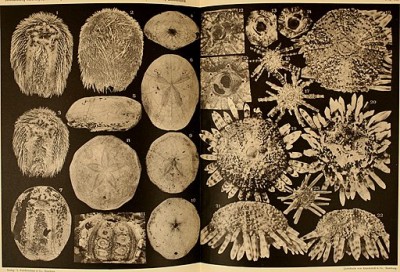The Search for Fossils

Free
Compared with astronomy, physics, chemistry and biology, palaeontology is a very new academic discipline. By the early nineteenth century, Herschel had discovered Uranus (1781) and two of Saturn’s moons (1789), Priestly and Scheele had identified oxygen (1773 – 4) and Black carbon dioxide (1754). Newton had published his laws of gravity and motion (1687). Lavoisier had announced his theory of the conservation of matter (1782); van Leeuwenhoek had observed bacteria through a microscope (1683) and Lamarck had proposed a theory of evolution (1809). Despite these and many more discoveries and the invention of the ingenious machines that made the Industrial Revolution, not a single fossil of an extinct animal had been recognized.
Learn more
 0
0 